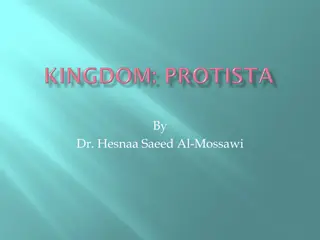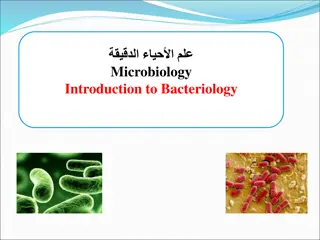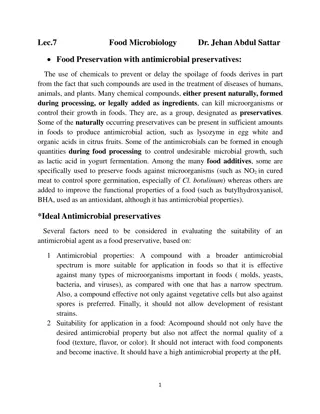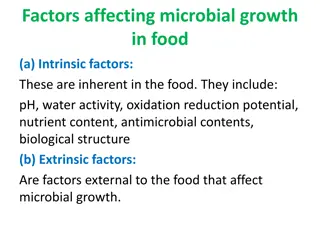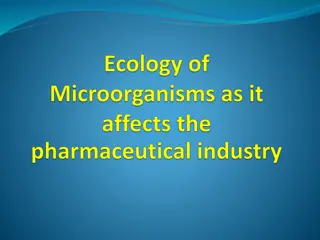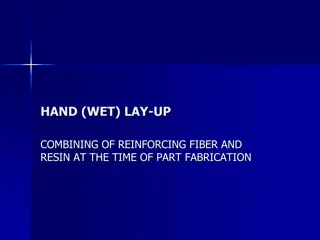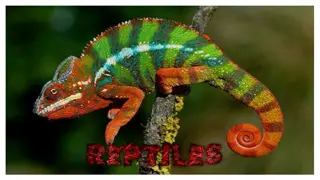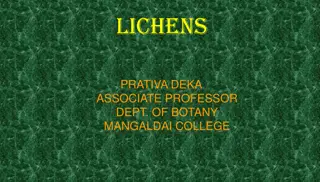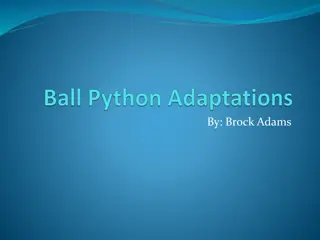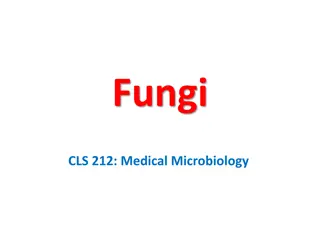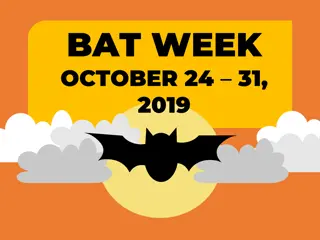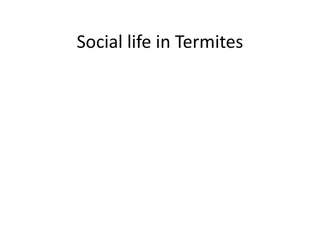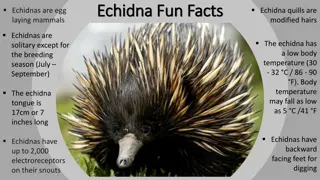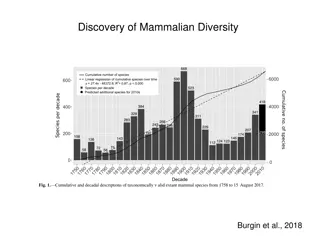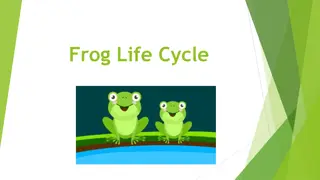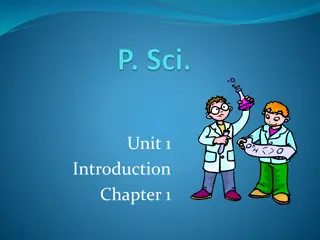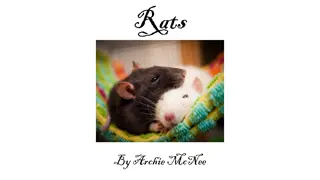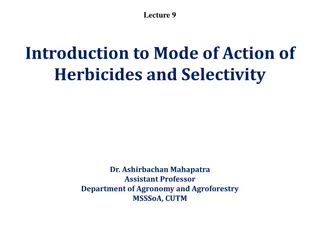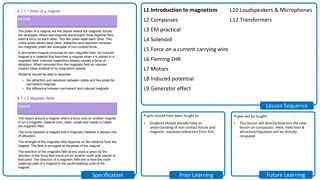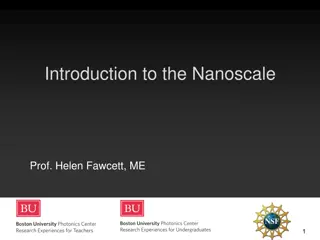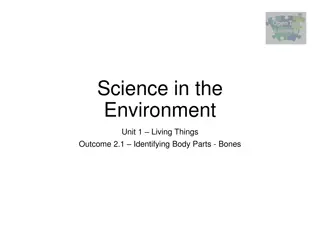Introduction to Myxomycetes: The Fascinating World of Slim Molds
Myxomycetes, commonly known as slim molds, are unique organisms that live in cool, wet habitats, primarily on wood in forests. They lack hyphae and instead have a plasmodium as their somatic structure. These fascinating organisms exhibit holozoic nutrition and reproduce by means of spores inside sporocarps. The life cycle of Myxomycetes involves the formation of myxoanmoeba and different types of plasmodium, leading to the development of sporocarps. Explore the intriguing characteristics and life cycle of Myxomycetes in this detailed overview.
Download Presentation

Please find below an Image/Link to download the presentation.
The content on the website is provided AS IS for your information and personal use only. It may not be sold, licensed, or shared on other websites without obtaining consent from the author. Download presentation by click this link. If you encounter any issues during the download, it is possible that the publisher has removed the file from their server.
E N D
Presentation Transcript
Basrah University Basrah University Faculty Education of Faculty Education of Qurna Biology Dept. Biology Dept. MYCOLOGY MYCOLOGY Lec Lec. . No. No.3 3. . Dr. Dr. Ismail Ismail jumha Abbas jumha Abbas PH. PH.D D in Microbiology in Microbiology & & molecular biology molecular biology Qurna
Phylum: Phylum: Myxomycota Myxomycota (Slim molds) Class: Class: Myxomycetes Myxomycetes Main Characters Main Characters 1 1. Live in cool and wet habitus mainly on wood in forests . Live in cool and wet habitus mainly on wood in forests 2 2. No hyphae present so plasmodium is the . No hyphae present so plasmodium is the somatic structure structure 3 3. . Myxoanmoeba Myxoanmoeba are formed in the life cycle of these are formed in the life cycle of these ftrngi 4 4. Holozoic nutrition by engulfing small particles . Holozoic nutrition by engulfing small particles 5 5. Reproduce by means of spores inside . Reproduce by means of spores inside sporocarps (Slim molds) somatic ftrngi sporocarps. .
Plasmodium Plasmodium: A mass of protoplast surrounded with : A mass of protoplast surrounded with plasma plasma membrane, multinuclear, no cell membrane, multinuclear, no cell- -wall, with no limited limited shape shape, creeping on wood surfaces, feeding like , creeping on wood surfaces, feeding like amoeba and develops into a amoeba and develops into a sporocarp Three types of plasmodium ( Three types of plasmodium (protoplasmodium Phaneroplasmodium Phaneroplasmodium and and aphanoplasmodium aphanoplasmodium) are recognized based on their shapes. recognized based on their shapes. Myxoamoeba Myxoamoeba: Small cells like amoeba resulted by the : Small cells like amoeba resulted by the germination germination of spores in of spores in Myxomycetes Myxomycetes. Some times cells with flagella called swarm cells with flagella called swarm cells wall, with no sporocarp protoplasmodium, , ) are . Some times cells
sporocarp sporocarp: Represent that final stage in the life cycle of : Represent that final stage in the life cycle of these fungi which develop from the plasmodium It consists these fungi which develop from the plasmodium It consists of sporangium containing spores and sterile threads of sporangium containing spores and sterile threads ( (capillitium capillitium), either sessile or on stalk. ), either sessile or on stalk. Life cycle of Life cycle of Myxomycetes Myxomycetes: ( : (eg eg. . Stemonitis Spores Germination Spores Germination Myxoamoeba myxoemoeba myxoemoeba Young Young plasmodium plasmodium mature mature plasmodium plasmodium sporocarp sporocarp Stemonitis) ) Myxoamoeba fusion fusion of of Spores Spores
Orders belong to Orders belong to Myxomycetes 1 1. . Stemonitales Stemonitales eg 2 2. . Physarales Physarales eg eg. . Physarum 3 3. . Trichales Trichales eg Stemonitis Stemonitis is the most common genus of is the most common genus of myxomycetes lives on organic substrates such as dead leaves and stems. lives on organic substrates such as dead leaves and stems. The plasmodium develops into The plasmodium develops into sporocarps sporangia with sporangia with capilitium capilitium and large number of spores. and large number of spores. Stalk and Stalk and columella columella are present are present Myxomycetes: : eg. . Stemonttis Stemonttis Physarum eg. . Hemitrichia Hemitrichia myxomycetes sporocarps giving giving



